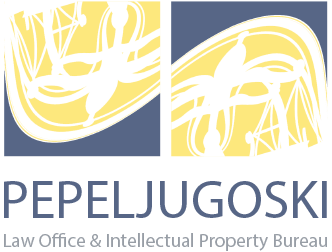State Office for Industrial Property (SOIP) within the continuous cooperation with the European Union Intellectual Property Office (EUIPO) with the aim of harmonizing the criteria contained in the Common Practice for relative reasons for refusal – likelihood of confusion (influence of non-distinctive/weak components) adopted and published the Practice Document (CP5).
The goal of the State Office for Industrial Property by adopting and applying this document for practice is to increase legal certainty, transparency and predictability both for users and for examiners in SOIP, but also to unify the practice of the Office when determining the existence of relative reasons for refusal.
The CP5 document is composed of two parts. The first part lists the criteria and the main principles of the practice, while the second part gives their detailed explanation. This document began to be applied by the State Industrial Property Office from 06.04 2024.
Although, the document establishes the principles on which the Office will base its practice and is applied generally in order to cover the largest number of cases, the likelihood of confusion must be assessed on a case-by-case basis and the principles serve as guidelines to ensure a predictable conclusion when it is about the same trademarks and the same foundations.
The subject of analysis of this practice document (CP5) is not a complete assessment of the likelihood of confusion, but the impact of the non-distinctive/weak components of the marks at issue as one of the factors to be taken into account for the assessment of likelihood of confusion. Although, there are many factors that may have an impact in the global appreciation of likelihood of confusion, such as the dominant components, the degree of attention of the relevant public, coexistence, current state of the market, family of marks, etc., it is not the objective of this practice to determine which are all the factors, nor the criteria for their assessment, nor the interdependency between them.
This practice also does not cover matters relating to acquired distinctiveness of a trade mark and distinctiveness acquired through use, the factors considered when assessing the likelihood of confusion, the interdependencies between the assessment of distinctiveness and any other factors considered when evaluates likelihood of confusion and language issues.

